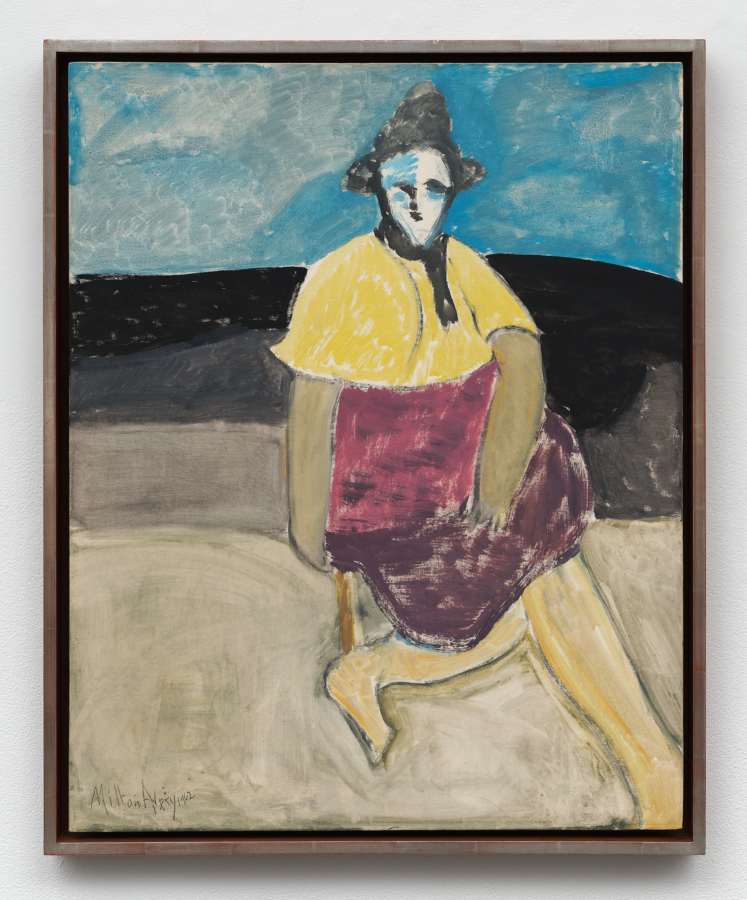January 3, 1973
Download as PDF
View on Artforum
ROBERT DURAN seems to be in a similar situation though there is no dominating Caro equivalent in painting. Duran showed six new paintings at Bykert in bright juicy fruit colors (whatever that means, take it literally rather than as the color of chewing gum) and six watercolors which are pale prototypes of the paintings. In Duran’s paintings, a layer of watery acrylic is soaked into the canvas as a pastel colored ground; over this ground, irregular sort-of-geometric shapes are painted in watery acrylic so that as color-shapes touch, each bleeds into the other causing areas of “dirty” color to offset so much brightness. The shapes are sort-of-geometric in that they are formed essentially of right angles and generally straight lines, but the shapes have so many right angles and are casually hand-drawn so as not to be what would normally be thought of as “geometric.”
The situation is generally this: the options open to formalist painting at the moment are few and of questionable significance; if one is going to make formalist paintings, one has to have some sort of variation on the canvas surface, which means shapes of some kind, however ill-defined, are going to be made. The question becomes, what kinds of things can go on within the physical boundaries of a painting? And Duran has been pursuing a way out of this problem continuously for the last few years. Dan Christensen has gotten away from roughly geometric shape by swishing thick white paint over it, leaving a gestural kind of shape which attempts a “feeling” of shapeless color. The irregularity of Duran’s hand-drawn shapes and the bleeding get away from the geometric without going toward the organic, gestural non-shape, or someone else’s territory. Richard Tuttle’s wire pieces offer a different solution to Duran’s in terms of the avoidance of organic and geometric shape. Some of Duran’s paintings have a fairly tight, almost Novros-like structure, while in other paintings, the shapes don’t fit together in that way but seem to float or relate simply by coexisting.
In all of these paintings, it is difficult to to get away from notions of “push-pull.” In discussing Duran’s paintings in terms of other artists’ work, I do not intend to imply by that that Duran’s paintings look anything like other artist’s work, because they don’t. But for all their attractiveness, Duran’s paintings seem an attempt to do something within 1he formalist framework that isn’t already exhausted. In answering the question of what can go in a painting, the question itself indicates a rather desperate situation; and it seems new questions are more important than an answer to this question.



